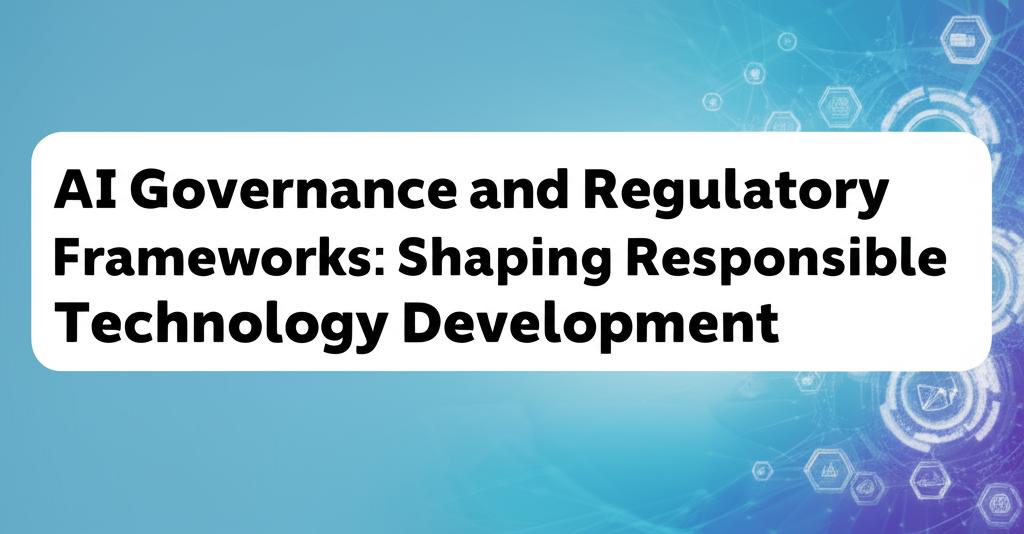The rapid evolution of artificial intelligence (AI) necessitates a parallel development in governance and regulatory frameworks to ensure responsible technological advancement. As AI systems become increasingly integrated into various aspects of life, the imperative to establish clear guidelines for their development and deployment has intensified globally. This article explores the latest trends and critical considerations in AI governance and the evolving regulatory landscape.
A dominant trend is the move towards risk-based approaches in AI regulation. This means that the stringency of regulatory oversight is proportional to the potential risk an AI system poses. High-risk applications, such as those in healthcare, critical infrastructure, and law enforcement, are subject to more rigorous requirements. The European Union's AI Act, a landmark piece of legislation, exemplifies this approach by categorizing AI systems based on their risk levels, from unacceptable to minimal. Provisions of this Act, including a ban on prohibited AI systems, began to take effect in early 2025, with rules for General Purpose AI (GPAI) models and broader enforcement slated for later in the year.
Transparency and accountability are central tenets of emerging AI governance frameworks. There's a growing demand for AI systems to be explainable, allowing users and regulators to understand how decisions are made. This includes providing clarity on the data used to train AI models and the methodologies employed. Accountability mechanisms are also being established to assign responsibility when AI systems cause harm or make erroneous decisions.
Globally, the AI regulatory landscape remains fragmented, though efforts towards international cooperation and interoperability are underway. While the EU has taken a comprehensive, cross-sectoral approach with the AI Act, other regions, like the United States, are currently characterized by a mix of federal initiatives, such as NIST's AI Risk Management Framework (RMF), and a growing number of state-level laws. States like Colorado, California, and Tennessee have enacted legislation addressing issues such as algorithmic bias, deepfakes, and transparency in AI-generated content. China has also been active, releasing an AI Safety Governance Framework and rules for labeling AI-generated content in 2024 and 2025 respectively.
Businesses are increasingly recognizing the importance of robust AI governance not just for compliance but also as a strategic imperative. Organizations are establishing internal AI governance programs, often tasking existing workforces before hiring dedicated AI governance professionals. These programs aim to manage AI risks, ensure ethical deployment, eliminate bias, and build public trust. The development and adoption of international standards, like ISO/IEC 42001, are also playing a crucial role in guiding organizations towards responsible AI practices.
Key challenges remain in AI governance, including the pace of technological advancement outstripping regulatory development, the technical complexities of ensuring fairness and non-discrimination, and the need to foster innovation while mitigating risks. Addressing these challenges requires ongoing dialogue and collaboration between policymakers, industry, academia, and civil society.
Looking ahead, 2025 is a pivotal year for AI governance. The implementation of major regulatory frameworks, like the EU AI Act, will provide crucial test cases and likely influence global standards. The focus will continue to be on operationalizing principles of ethical AI, strengthening data privacy and information security in the context of AI, and ensuring that accountability mechanisms are effective. As AI capabilities, including agentic AI systems capable of autonomous decision-making, continue to advance, trust-centric governance models that ensure transparency and auditability will become even more critical. The overarching goal is to create an environment where AI can flourish responsibly, delivering its immense benefits while safeguarding fundamental rights and societal values.

